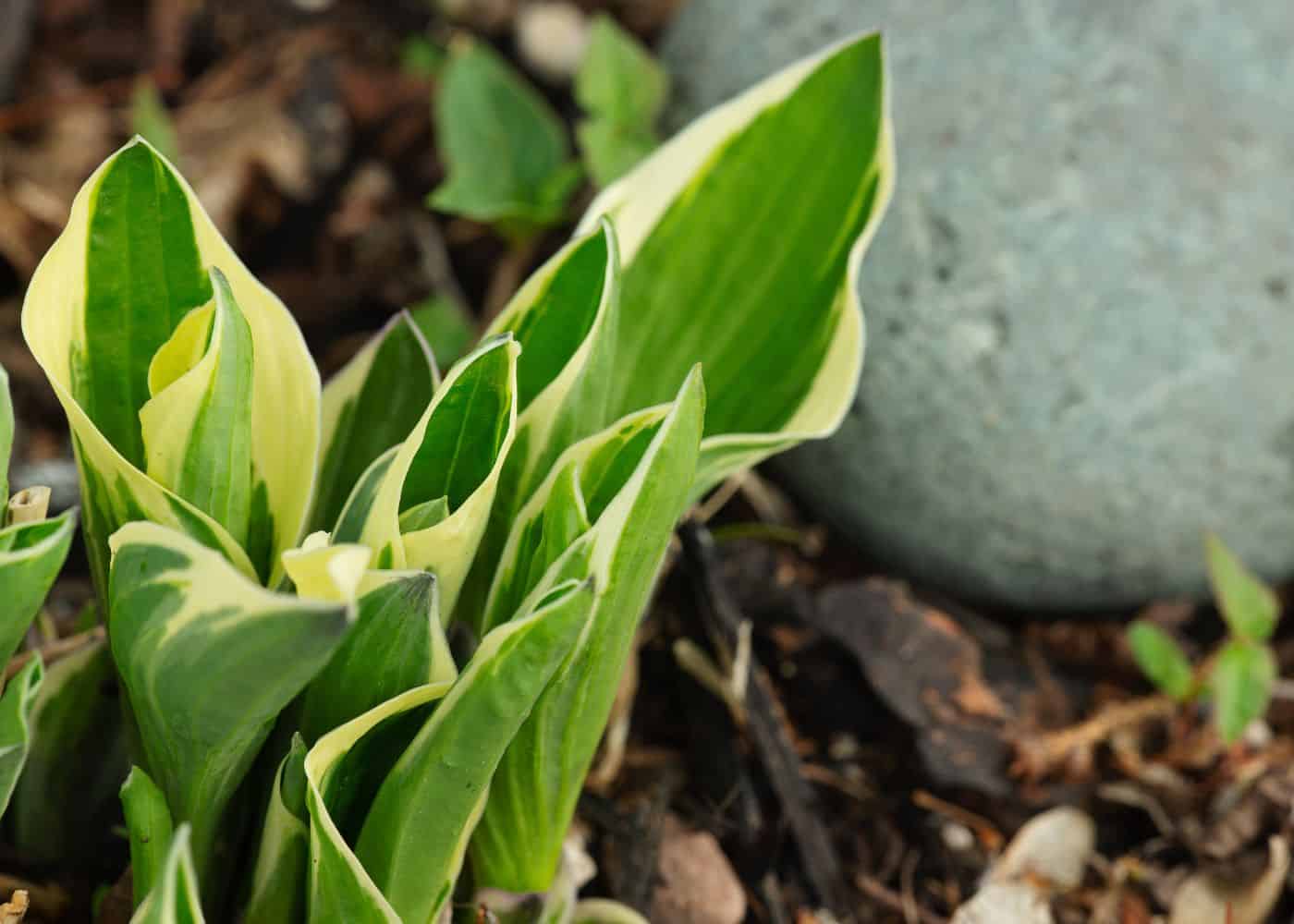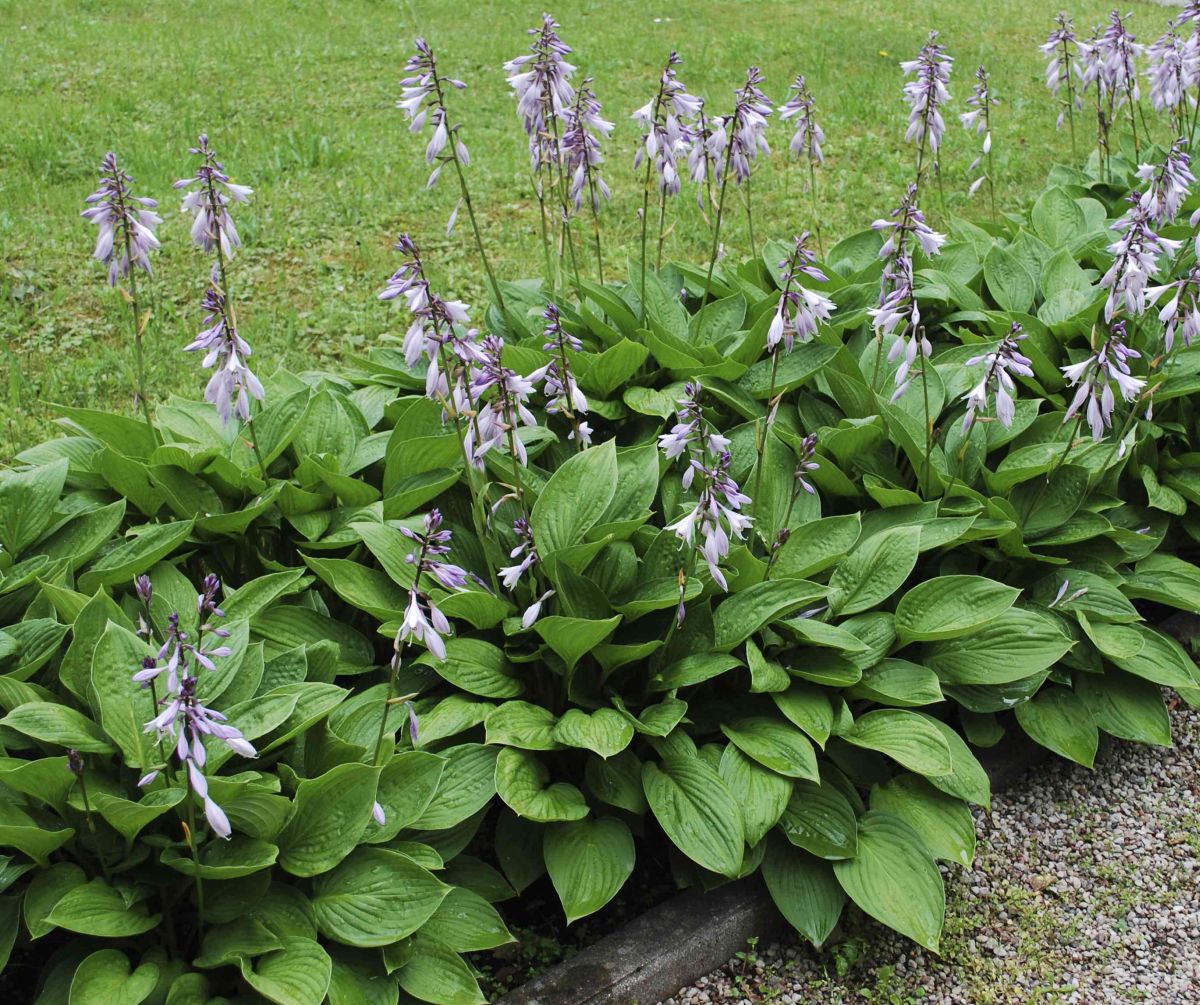Understanding Hosta Soil Requirements
Soil quality is a critical factor in growing healthy and thriving hostas. The type of soil your hostas are planted in can significantly impact their health, appearance, and overall growth. Different soil types can affect hostas in various ways, from influencing their leaf color and shape to impacting their ability to absorb essential nutrients. For instance, hostas grown in well-draining soil with a balanced pH level tend to exhibit more vibrant colors and stronger stems, whereas those in poorly draining soil may develop root rot and other issues. As gardeners, it’s essential to understand the specific soil requirements of hostas to create an optimal environment that fosters healthy growth and development, ultimately answering the question: do hostas like acidic soil?
What is Acidic Soil and How Does it Affect Hostas?
Acidic soil, characterized by a pH level below 7.0, is a common type of soil found in many regions. In acidic soil, the concentration of hydrogen ions is higher than that of hydroxide ions, resulting in a lower pH level. Hostas, like many other plants, have a unique response to acidic soil conditions. On one hand, acidic soil can provide hostas with essential nutrients like iron and manganese, which are more readily available in acidic environments. This can lead to healthier foliage and more vibrant colors. On the other hand, extremely acidic soil can be detrimental to hostas, causing root damage and nutrient deficiencies. Understanding the effects of acidic soil on hostas is crucial in determining whether they thrive in such conditions, and ultimately, answering the question: do hostas like acidic soil?
How to Determine Your Soil’s pH Level
Determining your soil’s pH level is a crucial step in understanding its acidic or alkaline nature. There are several ways to test soil pH levels, ranging from DIY methods to commercial testing kits. One DIY method involves mixing 1 tablespoon of soil with 1 tablespoon of vinegar. If the mixture fizzes, the soil is likely alkaline. If it doesn’t react, mix 1 tablespoon of soil with 1 tablespoon of baking soda. If it fizzes this time, the soil is likely acidic. For a more accurate reading, commercial testing kits are available at most gardening stores. These kits usually include a pH meter or pH paper that can provide a precise pH reading. Another option is to send a soil sample to a laboratory for professional analysis. Regardless of the method chosen, understanding the pH level of your soil is essential in determining whether it’s suitable for hostas and answering the question: do hostas like acidic soil?
The Ideal Soil pH Range for Hostas
When it comes to hosta care, understanding the ideal soil pH range is crucial for optimal growth and health. According to scientific research and expert opinions, hostas thrive in slightly acidic to neutral soil, with a pH range of 6.0 to 7.0. This pH range allows for the optimal availability of essential nutrients, such as nitrogen, phosphorus, and potassium, which are vital for healthy foliage and root development. Soils with a pH below 6.0 can lead to nutrient deficiencies, while soils with a pH above 7.0 can cause nutrient toxicity. By maintaining a soil pH within the ideal range, hosta enthusiasts can create an environment that supports healthy growth and answers the question: do hostas like acidic soil? In fact, hostas grown in soils with a pH between 6.0 and 7.0 tend to exhibit more vibrant colors, stronger stems, and increased resistance to disease.
Do Hostas Thrive in Acidic Soil?
The answer to the question “do hostas like acidic soil” is a resounding yes. Hostas are known to thrive in acidic soil conditions, where the pH level is slightly acidic to neutral. In fact, hostas grown in acidic soil tend to exhibit more vibrant colors, stronger stems, and increased resistance to disease. The benefits of acidic soil for hostas include improved nutrient availability, enhanced root growth, and increased tolerance to environmental stressors. For example, a study published in the Journal of Horticultural Science found that hostas grown in acidic soil had higher chlorophyll content and stronger root systems compared to those grown in alkaline soil. Additionally, acidic soil can help to reduce the risk of nutrient deficiencies, which are common in hosta plants. By understanding the benefits of acidic soil for hostas, gardeners can create an optimal environment that supports healthy growth and answers the question: do hostas like acidic soil?
Creating an Acidic Soil Environment for Your Hostas
Now that we’ve established that hostas thrive in acidic soil, the next step is to create an optimal environment for your plants. Fortunately, creating an acidic soil environment is relatively easy and can be achieved through a combination of organic matter, mulch, and fertilizers. One effective way to acidify the soil is by adding peat moss or compost, which are rich in organic matter and help to lower the pH level. Additionally, using acidic mulch such as pine straw or oak leaves can also help to create an acidic environment. When it comes to fertilizers, look for products that are specifically formulated for acid-loving plants like hostas. These fertilizers will typically contain ingredients like ammonium sulfate or aluminum sulfate, which help to lower the pH level and provide essential nutrients. By incorporating these tips into your hosta care routine, you can create an acidic soil environment that answers the question: do hostas like acidic soil? Yes, they do, and with the right conditions, they’ll thrive.
Common Mistakes to Avoid When Growing Hostas in Acidic Soil
While creating an acidic soil environment can be beneficial for hostas, it’s essential to avoid common mistakes that can harm these plants. One of the most critical mistakes to avoid is over-acidification, which can occur when too much organic matter or acidic fertilizers are added to the soil. This can lead to a pH level that is too low, causing nutrient deficiencies and root damage. Another mistake to avoid is neglecting to provide essential nutrients, such as nitrogen, phosphorus, and potassium, which are vital for hosta growth. Additionally, failing to monitor soil pH levels regularly can lead to unintended consequences, such as a sudden shift in pH levels that can shock the plants. By being aware of these common mistakes, gardeners can take steps to avoid them and create an optimal acidic soil environment that answers the question: do hostas like acidic soil? Yes, they do, but only when done correctly.
Conclusion: Optimizing Soil Conditions for Healthy Hostas
In conclusion, understanding the soil preferences of hostas is crucial for their optimal growth and health. By recognizing the importance of acidic soil and its characteristics, gardeners can create an environment that allows their hostas to thrive. From determining soil pH levels to creating an acidic soil environment, and avoiding common mistakes, the key to successful hosta care lies in attention to detail and a deep understanding of their soil requirements. By following the guidelines outlined in this article, gardeners can unlock the secrets of hosta care and enjoy the beauty and benefits of these versatile plants. Remember, do hostas like acidic soil? Yes, they do, and by optimizing soil conditions, gardeners can reap the rewards of healthy, vibrant hostas that bring joy and beauty to any garden or landscape.







